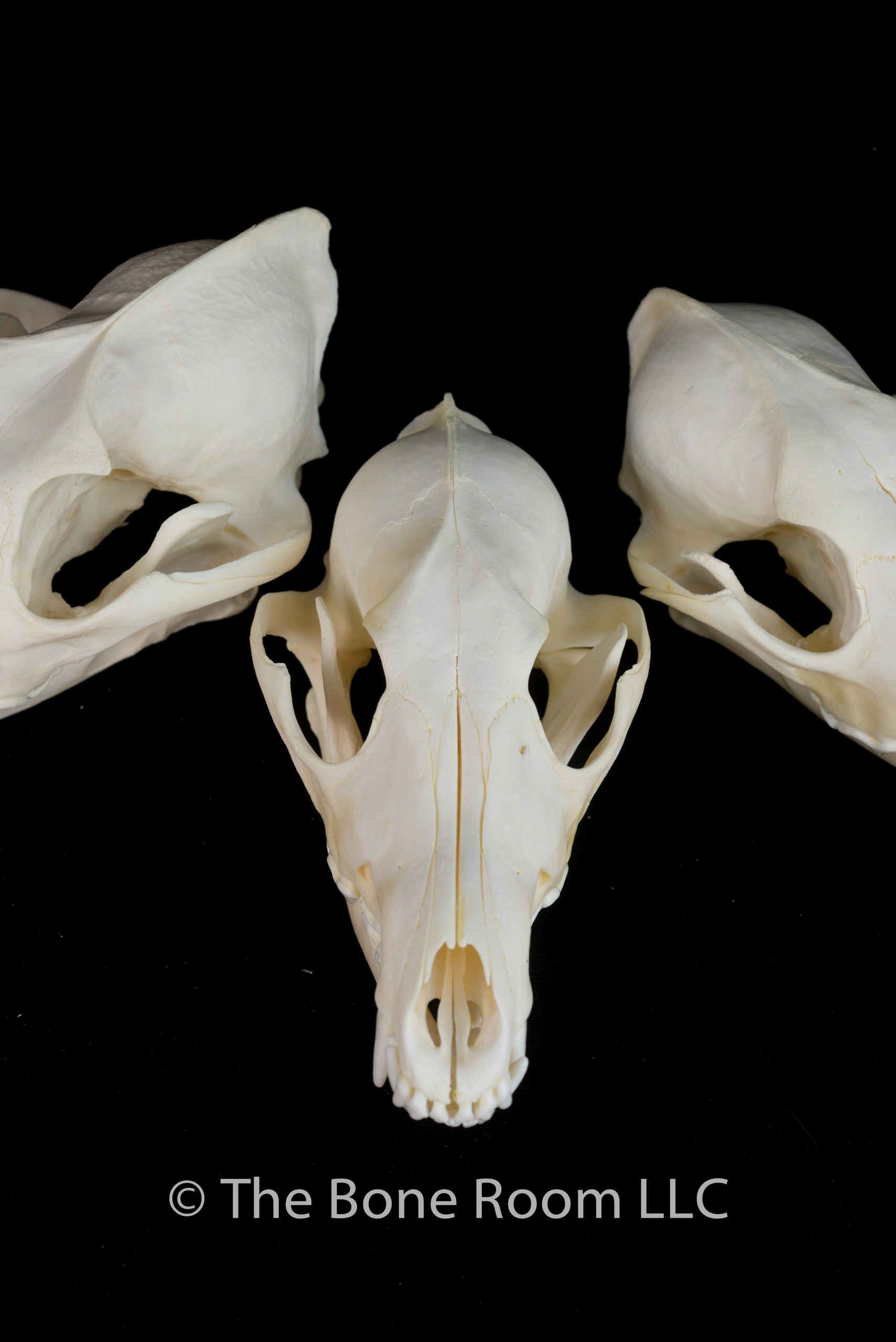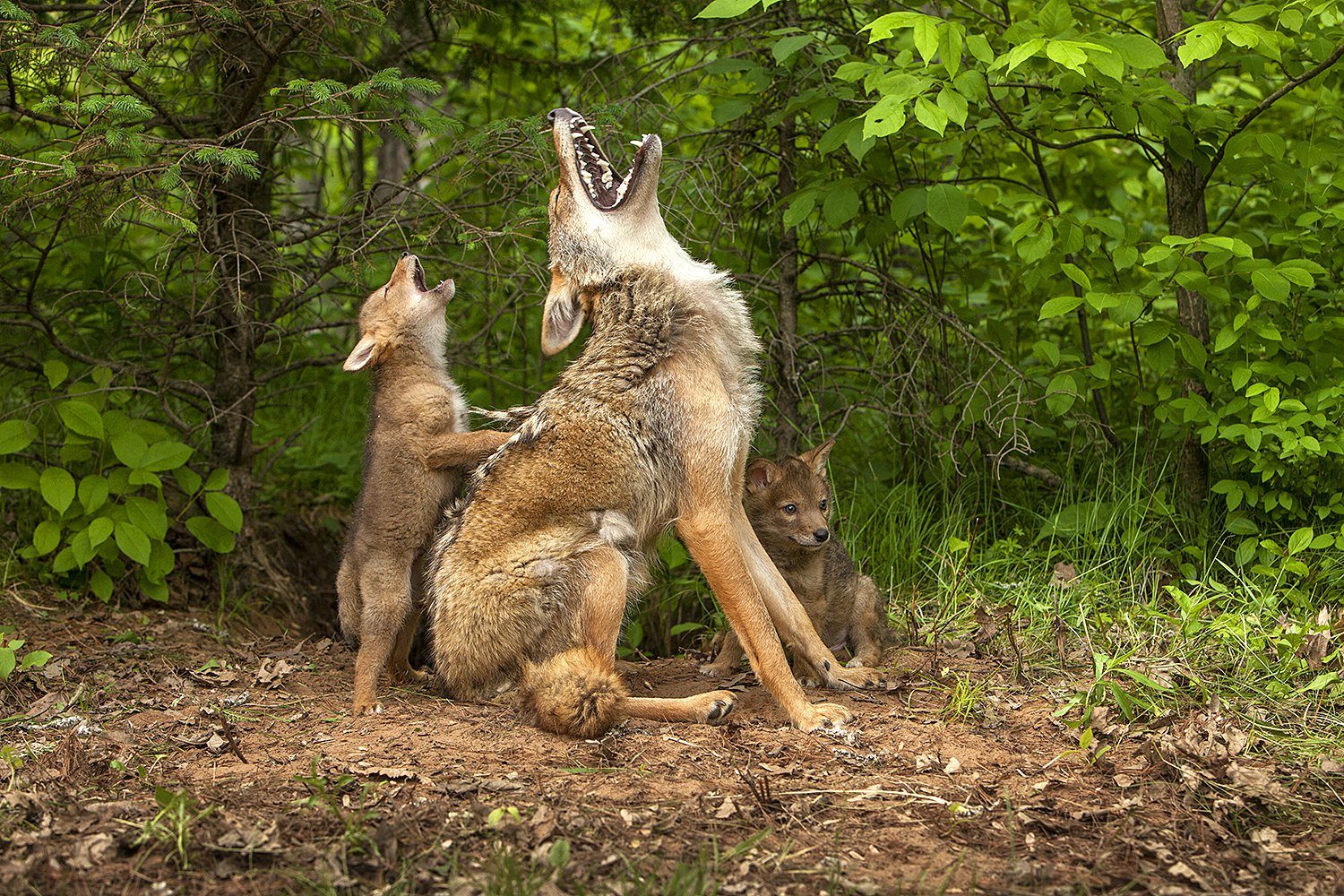

For example, the ribs aid in protecting the lungs and heart, while the femur is specifically used in movement. Other bones provide protection and attachment sites for muscle and tendons, allowing movement and stature. It not only protects the brain but also provides attachment sites for the facial muscles and cartilage. Scientifically speaking the skull is the boney structure that forms the head in vertebrate organisms. Skulls in particular not only look really cool, but they are the protectors of the consciousness, making them excellent tools for spirit work and divination. This is the one witches tend to be the most interested in, and for a good reason. Much of what we know about animal remain use comes from indigenous cultures, especially those of North America and Africa, so please keep this in mind. Our knowledge is rather limited, but still available. That means for ancient cultures, much of what we have is either interpreted from historical texts or noted in myths and legends passed down between generations. It is important to note that animal remains do not preserve well overall. The next two posts will cover furs and pelts, followed by feathers, fangs, and claws (along with shells and blood). In this post I am going to simply cover the use of skulls and bones in witchcraft. I wanted to make it as comprehensive as possible, including what the animal remain is from a scientific point of view and what the remain has been historically used for by magical practitioners around the world. South African Journal of Science, 106, 1-5.So I decided to break this post up into 3 different ones because it was so damn long. Hybrid wildebeest (Artiodactyla: Bovida) provide further evidence for shared signatures of admixture in mammalian crania. Morphological and molecular evidence reveals recent hybridization between gorilla taxa. Evolutionary Anthropology, 19, 259-270.Īckermann, R. Phenotypic traits of primate hybrids: Recognizing admixture in the fossil record. Journal of Human Evolution, 51, 632-645.Īckermann, R. Identifying the morphological signatures of hybridization in primate and human evolution. Journal of Evolutionary Biology, 26, 229-246.Īckermann, R. K., Dieckmann, U., Eroukhmanoff, F., Grill, A., Cahan, S. E., Bierne, N., Boughman, J., Brelsford, A., Buerkle, C. When these results are combined with previous studies, they suggest that skeletal signatures of hybridization are common to different mammalian taxa across multiple generations however, some traits such as supernumerary teeth may be lost after a few generations.Ĭanid coywolf geometric morphometrics hybridization.Ībbott, R.

The exploration of morphometric variation identifies intermediate morphology in the hybrids, and some indication of greater morphological variability in the mandible. However, differences are not significant for supernumerary teeth.

The results are largely consistent with other studies, indicating that the incidence of dental anomalies, dental crowding, and sutural anomalies is significantly higher in hybrids. Geometric morphometric analyses were then conducted on a subset of these individuals to explore craniomandibular size and shape variation, as well as allometry. lupus were scored for anomalous traits, including supernumerary and rotated teeth, dental crowding, and sutural anomalies. Building on these previous studies, a sample of genetically determined canid hybrids was examined, specifically the eastern coyote (Canis latrans var.), a hybrid between coyotes, wolves, and dogs, to test whether this group exhibits a comparable pattern of anomalous nonmetric characters, and to assess differences in craniomandibular shape and size. However, more research is required to understand the universality of these traits and shape/size differences. These studies have also detected consistent patterns of morphological shape and size differences between hybrids and parental taxa across a wide variety of organisms. Analyses of mammalian hybrids have identified skeletal effects of hybridization, including a suite of anomalous dental and sutural traits on the skull that are present at high frequencies in hybrid populations. The increasing awareness that hybridization, and resultant gene flow, plays a major role in animal diversification has led to a growing number of studies that have focused on assessing the morphological consequences of this process.


 0 kommentar(er)
0 kommentar(er)
